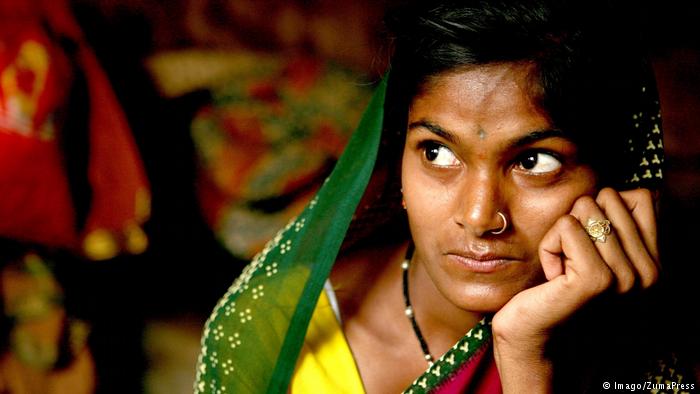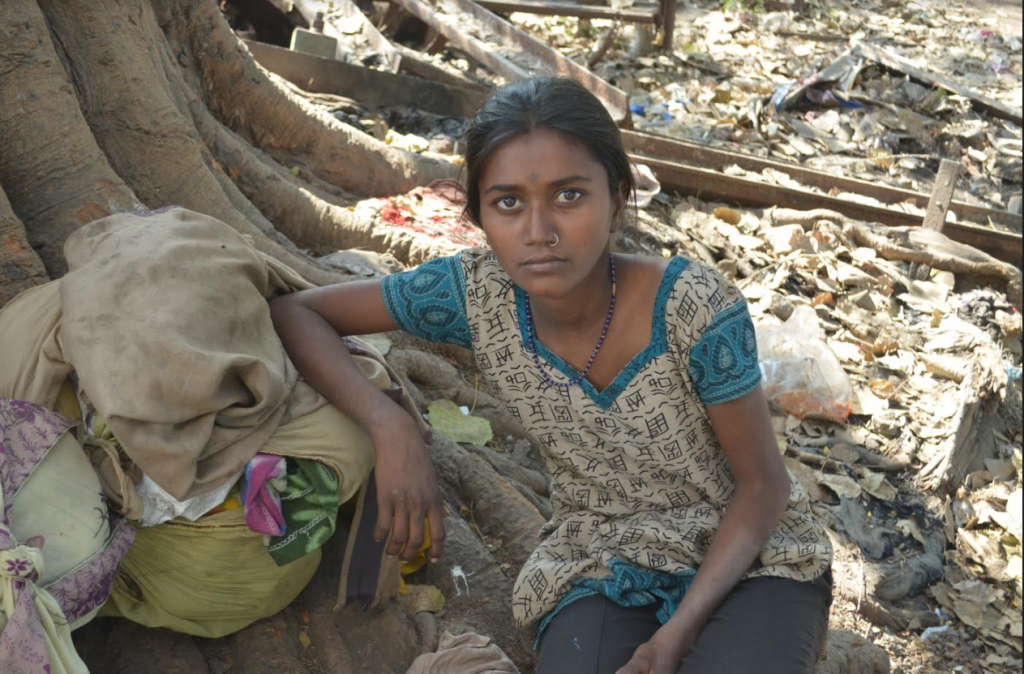A dot that is saving lives in India
It is a simple idea that goes a long way. An iodine patch designed like a regular bindi is going to help battle iodine deficiency among tribal women in the Indian State of Maharasthra.
A bindi is a round-shaped forehead decoration, traditionally worn by women in South Asia, on the forehead between the eyebrows. Married women wear a red bindi as a symbol of commitment and this is wiped off when she turns a widow. Today, the bindi has become a popular decoration accessory and is no longer restricted by color or shape.
For the first time, the bindis are being used for medicinal purposes in the form of iodine patches. This idea was developed by Grey for Good, Grey Group’s philanthropic arm in Singapore. The advertising and marketing agency teamed up with an NGO from Nashik, the Neelvasant Medical Foundation and Research Centre that helped organize the distribution of the bindis. For the last decade, the Foundation has been working in the rural and tribal areas in and around Nashik.
Dr. Prachi Pawar, President of the Neelvasant Foundation explained that the people in the rural and tribal areas were unaware of the fact that iodine is a necessary daily nutritional supplement. “This was missing in the water and soil in the region and the people were consuming white crystallized salt without iodine.” Dr. Pawar further added that iodine deficiency could lead to thyroid problems; it could cause several congenital abnormalities among pregnant women. “Iodine is required in each and every cell of the body, its deficiency could even lead to breast cancer.”
Tackling the deficiency by distributing the Jeevan Bindi (Life Saving Dot) is an innovative effort to combat a widespread problem among women in rural India. There are an estimated 350 million people in India alone that are at risk for iodine deficiency. Dr. Pawar told DW, “The women are required to wear the dot for eight hours per day to get 100 to 150 micrograms of iodine in their body. The idea was met with a lot of enthusiasm by the women because it also something beautiful that they can use daily.” The first distribution phase in March this year, reached an estimated 30,000 women across 100 villages in rural Maharashtra.
The bindis are currently being distributed for free as a part of the campaign. They are not available to buy on the free market. The commendable project has hence left a few questions unanswered. What happens when the women run out of the bindis? Where do they source them? How are the women wearing the iodine dot being monitored? Are they going through regular medical checkups? Are the bindis affected by weather conditions? How can the problem be tackled for men and children who are currently left out of this campaign? The key to the project lies in tackling these issues on a long-term basis.
Author: Roma Rajpal-Weiß
Editor: Marjory Linardy
WTO RECOMMENDS
Small interventions can curb child malnutrition
A UN-backed survey in India has shown that simple interventions such as distributing iron folic acid tablets to children and engaging community workers to promote breast feeding has led to considerable improvement in the health of children and women in India.
India – Singing and Counseling Young Mothers on Health (I) and (II)
A lilting tribal tune catches the attention of the gaggle of women gathered at the Integrated Child Development Services (ICDS) center in Jidu Pandra village that falls in Ormanjhi block of Jharkhand’s Ranchi district. Almost at once, all eyes follow the sound that is coming from the farthest corner of the room. As they keenly listen to the beautiful voice of Suman Devi, 25, singer and composer, gradually the Nagpuri lyrics explaining the ill-effects of child marriage start to sink in.
Lack of proper health care facilities for female sterilization in India
Women in rural India continue to lack access to proper family planning services. This issue came under spotlight with the tragic death of 16 women who were sterilized in a health camp in the northeastern State of Chhattisgarh in November 2014. The doctor who had performed the surgeries confessed in an interview that he had a history of completing 200-300 surgeries a day. It was also reported that women were given no follow up care.







